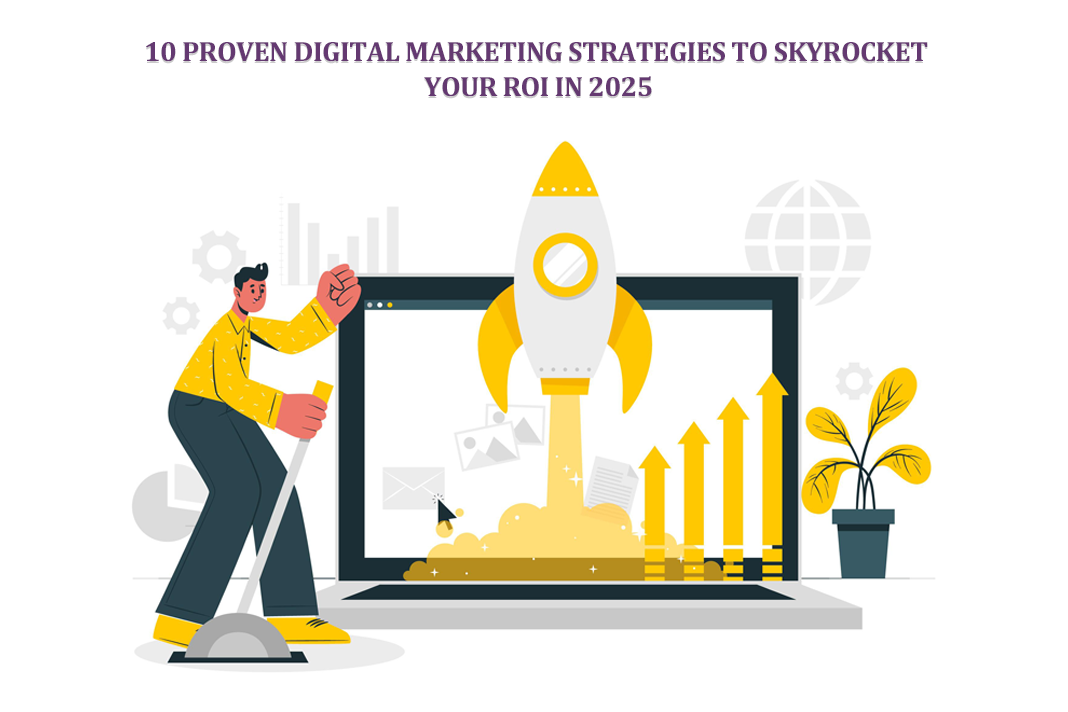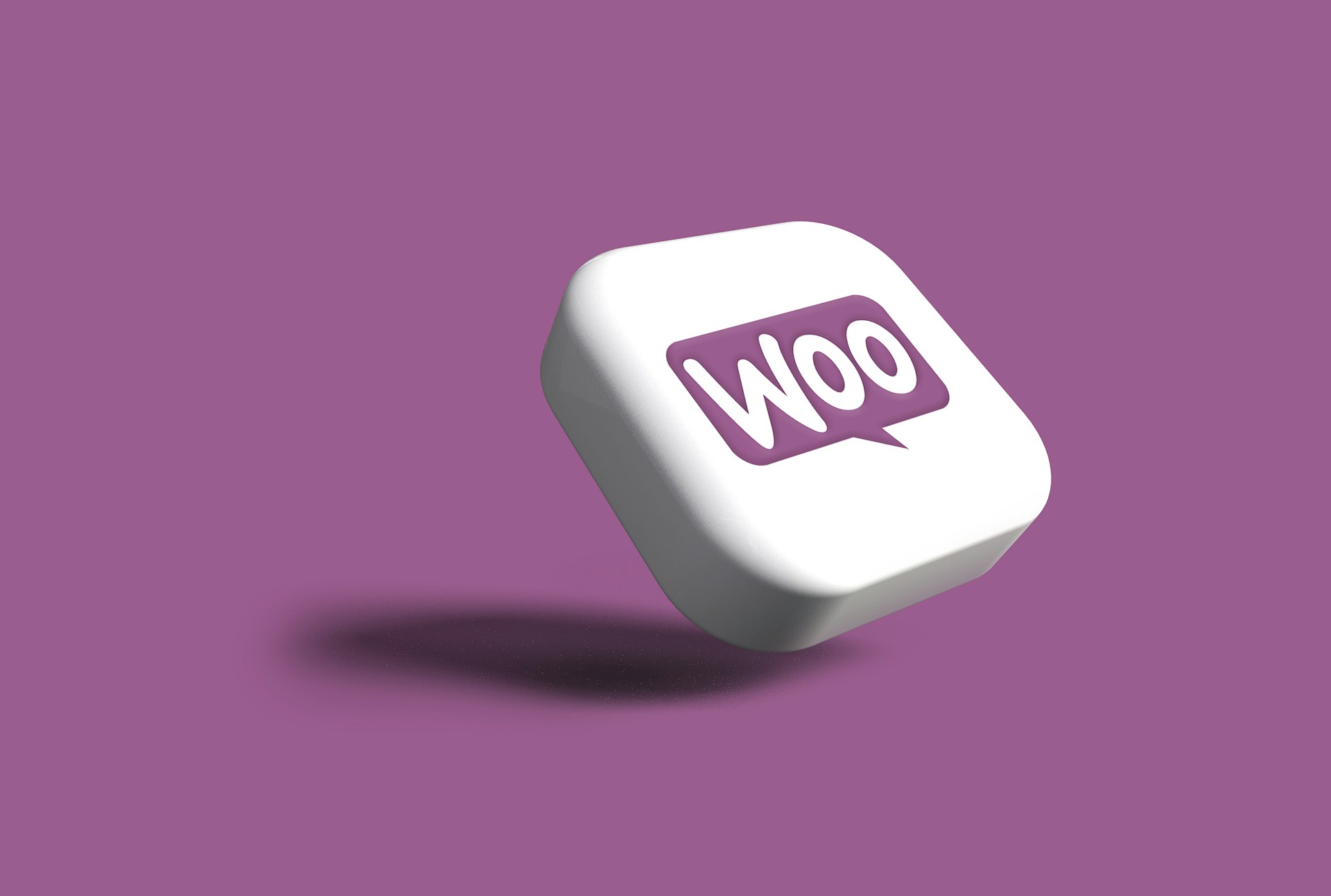How to Market a Product in 9 Practical Steps
Learning how to market a product is the first task of any successful entrepreneur. With more than 333.34 million companies registered worldwide, identifying the best products to market can be the difference between being ahead of the market or falling behind.
Quick Links
What is needed to market a product?
To understand how to market a product, you need to start with the basics: what do you want to sell, why do you want to sell it, and who do you want to sell to? Next, we will explain in detail each of these pillars of an effective commercial strategy.
1. A good, a service, or an idea
The first step in learning how to market a product is to define what is the good, service, or idea that you intend to sell. We give you some examples: you can sell cars (good), sell online tools (service) like a learning management system, or a process to make something better (idea), such as eCommerce shipping guide.
2. A compelling narrative
The second step in learning how to market a product is to present a compelling narrative — first to yourself, then to prospective customers. This is the time to show why you are different and how you will positively impact the lives of people who buy from your brand.
3. A target audience
The third step in learning how to market a product is to establish your target audience. Also known as a target market, it refers to a group of people with shared demographics who are most likely to buy a company’s good or service.
How to market a product?
Once you know the basic business ideas behind the products to market, you must learn how to make them available in the market in an attractive and effective way. After all, you only have 27 seconds to make a good first impression online.
1. Define what you will sell
The first stage is to define what good, service, or idea you will sell. Here, it is important to consider the feasibility of producing, delivering, and disseminating your article.
We give you an example to illustrate it: if you want to sell mango cakes, but you cannot easily find this fruit in your region, you may have problems realizing your goal.
2. Study your target audience
The second stage is to study your target audience. This means finding out what social and demographic factors unite the people who are predisposed to buy your products. For example:
- Age;
- Nationality;
- Marital status;
- Sex;
- Trade or profession;
- Level of instruction;
- Income level.
3. Conduct a market study
The third stage of how to market a product consists of carrying out a market study. It is a set of investigations whose objective is to obtain more information about the sector in which a company operates or intends to operate.
It can be a quantitative study (when it focuses on statistical data) or a qualitative (when it focuses on subjective aspects, such as the motivations behind a purchase, or latest UX design trends).
4. Set the price
The fourth stage of how to market a product is to set the price. So that the value is fair for your company and for your client, it is important to take into account:
- the total production cost of the product — if you sell a video editor, you can consider the year rate to prepare or execute it;
- the profit margin you want to obtain;
- the prices adopted by the competition.
5. Choose the sales channels
The fifth stage of how to market a product is to choose the sales channels, that is, where people can buy your goods and services. An online store site, a profile on a marketplace like Amazon, and social networks are some examples of how to sell a product quickly online.
6. Invest in branding
The sixth stage of how to market a product is to increase brand awareness. This encompasses everything that symbolically represents your brand and allows you to identify it immediately. Logo, colors, typography, slogan, and smell are some examples of it.
7. Create a website for your e-commerce
The seventh stage of how to market a product is to create a website. Knowing that 53% of companies are discovered through organic searches on the Internet, being present in the virtual world is essential for the success of your business.
Also, if you have products to market or want or increase sales, create a Google My Business account — it’s a free tool that helps businesses manage their professional online presence.
8. Design a sales funnel
The eighth stage of how to market a product is to design a sales funnel: This is a graphical representation of the customer’s journey from the moment they discover your brand to the moment they make a purchase from you.
Mapping the sales pipeline allows you to identify opportunities and take strategic actions at the right time.
9. Continuously improve processes
The ninth stage of how to commercialize a product consists of the continuous improvement of processes. In short, it means reviewing all the steps above, seeing what worked and gathering the user feedback. From this data, take concrete steps toward success.
In conclusion
Through this article, I hope I have provided you with some useful information to market a product. In fact, any sales technique is based on a collaborative relationship that offers both the seller and the buyer advantages and the possibility of expanding their business.
After all, a satisfied customer is the best advertisement in the world for sellers, and this will only be possible if you know how to really sell.
Essential Tools for Enhancing Web Design and UX Hosting
Have you ever visited a website that felt slow, clunky, or confusing? A website that is poorly…
0 Comments11 Minutes
How a Mini Cart Transformed My Store’s Shopping Experience
Okay, real talk—running an online store is hard. You think you’ve got everything figured out, you…
0 Comments9 Minutes
Balancing Your Security Initiatives With Industry Compliance Requirements
Managing a business today comes with a number of daily battles that need to be fought. Resources…
0 Comments11 Minutes
Best plugins to enhance the customer shopping experience
Customer experience is a key part of every online store. A good experience helps customers find…
0 Comments7 Minutes
AI Content Generating Tools: Is It A Collaboration or Competition For Content Creators?
Artificial Intelligence (AI) has created waves in content creation in business verticals. From…
0 Comments13 Minutes
How to boost user engagement and conversion in WooCommerce?
One thing that is not changing today or in the coming future is the impact user engagement has on…
0 Comments9 Minutes
10 Proven Digital Marketing Strategies to Skyrocket Your ROI in 2025
Why do some companies have a more robust online presence than others? Marketers know very well…
0 Comments12 Minutes
Why Is Woocommerce Suitable For Small Businesses?
Are you finding yourself more confused than usual when choosing your online business’s platform?…
0 Comments8 Minutes








